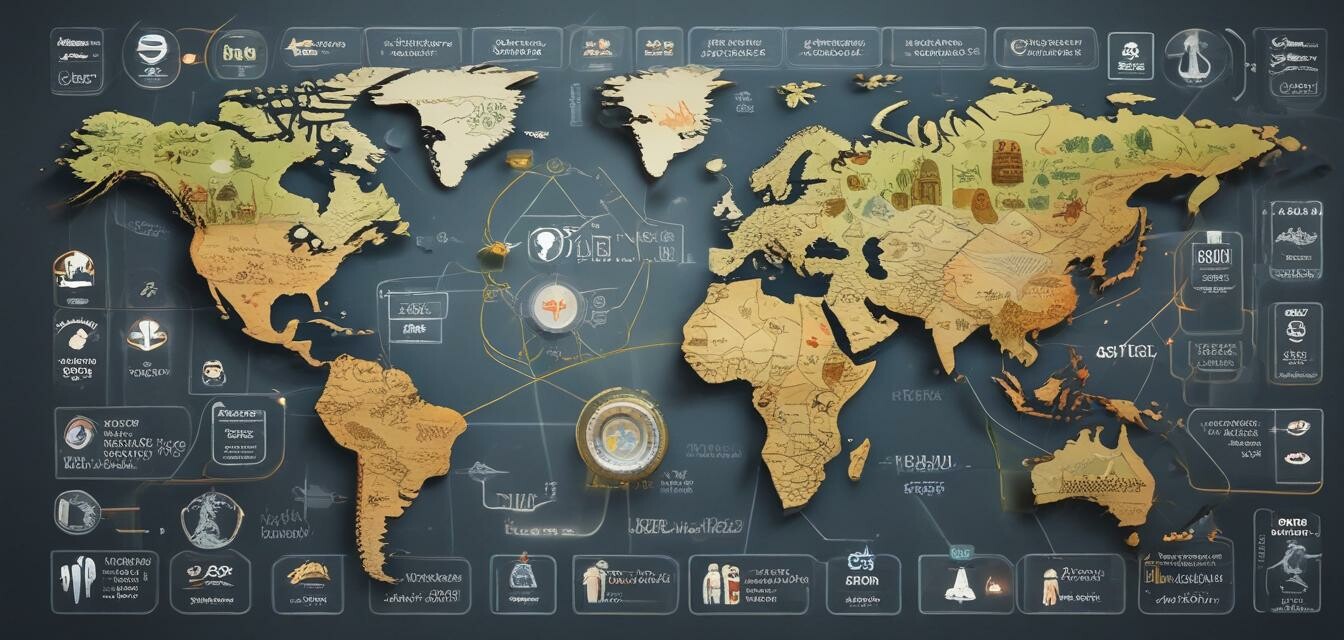
SIM Card Prices Around the World in 2024
- Prices for SIM cards vary significantly by region.
- Travelers should consider purchasing local SIM cards for better deals.
- eSIM technology is gaining traction, leading to new pricing structures.
- Understanding tariffs can save travelers significantly on mobile data costs.
As international travel continues to grow, staying connected globally has never been more critical. Yet travelers often find that SIM card prices can vary dramatically from one country to another. Understanding these price variations in 2024 can help you make informed decisions and avoid excess charges while on the move.
The impact of geography on SIM card prices
SIM card costs fluctuate widely due to several factors, including local market competition, government regulations, and the telecommunication infrastructure in a country. In this section, we’ll break down how SIM card prices vary across different regions.
| Region | Average SIM Card Price (USD) | Comments |
|---|---|---|
| North America | $10 - $100 | Prices vary by provider; many offer prepaid options. |
| Europe | $5 - $50 | Highly competitive market; local SIM cards are affordable. |
| Asia | $2 - $30 | Cost-effective options available in many countries. |
| South America | $5 - $40 | Prices are relatively low compared to global averages. |
| Africa | $3 - $60 | Varies greatly by country; urban areas tend to be cheaper. |
| Oceania | $10 - $70 | Similar pricing to North America but may include extras. |
Top factors influencing SIM card prices
When evaluating SIM card prices, you'll find a variety of influencing factors:
- Carrier Competition: More carriers usually lead to lower prices.
- Data Packages: Include costs for data packages when considering price.
- Tourism Demand: Higher tourist areas might have inflated prices.
- Connectivity Technologies: The rise of eSIM technology can change pricing dynamics.
Understanding eSIM technology
The emergence of eSIM technology is revolutionizing how we connect to mobile networks. eSIM cards are embedded in devices and allow users to switch networks without physically changing the SIM card. Here’s a quick comparison:
| Feature | Traditional SIM | eSIM |
|---|---|---|
| Physical Size | Small card | Embedded in device |
| Switching Carriers | Requires SIM removal | Change via device settings |
| Cost Efficiency | Varies widely | Generally lower with flexible plans |
| Data Plans | Limited to local providers | Can choose from multiple providers globally |
Country-specific insights on SIM card purchasing
When traveling, understanding the best places to purchase SIM cards can save you a lot of money. Here’s a quick guide to buying a SIM card in popular travel destinations.
Common purchasing strategies
- Purchase at the airport for convenience, but expect premium prices.
- Buy at local shops for better deals.
- Check online options, as many providers now allow online purchases.
- Comparison shop on apps that highlight local telecommunications deals.
Tips for travelers when buying SIM cards
- Research the data requirements before you travel.
- Consider your trip duration to choose the right plan.
- Always read user reviews for providers in your destination country.
- Shop for prepaid options that suit your travel needs.
Pros
- Access to local data services can be more affordable.
- Convenience of staying connected while traveling.
- Easy access to local sites and resources.
Cons
- Understanding different pricing structures can be confusing.
- May require smartphone compatibility checks (e.g., eSIM compatibility).
- Purchasing in crowded tourist areas may lead to inflated prices.
Conclusion
In summary, SIM card prices are influenced by various factors, including geography, competition, and technology. By understanding these elements and finding the right sources, travelers can stay connected without breaking the bank. To stay updated on trends in mobile connectivity, visit our News and Trends section for the latest insights.